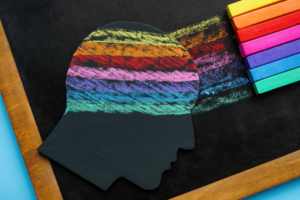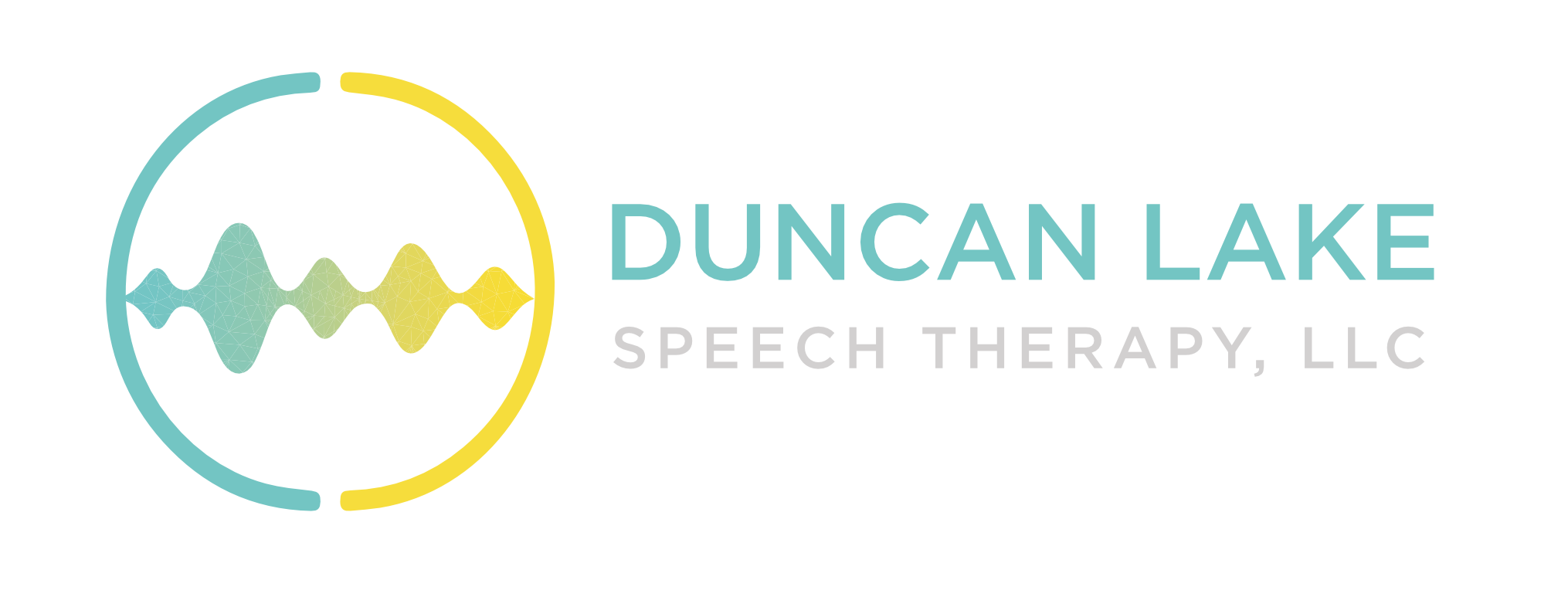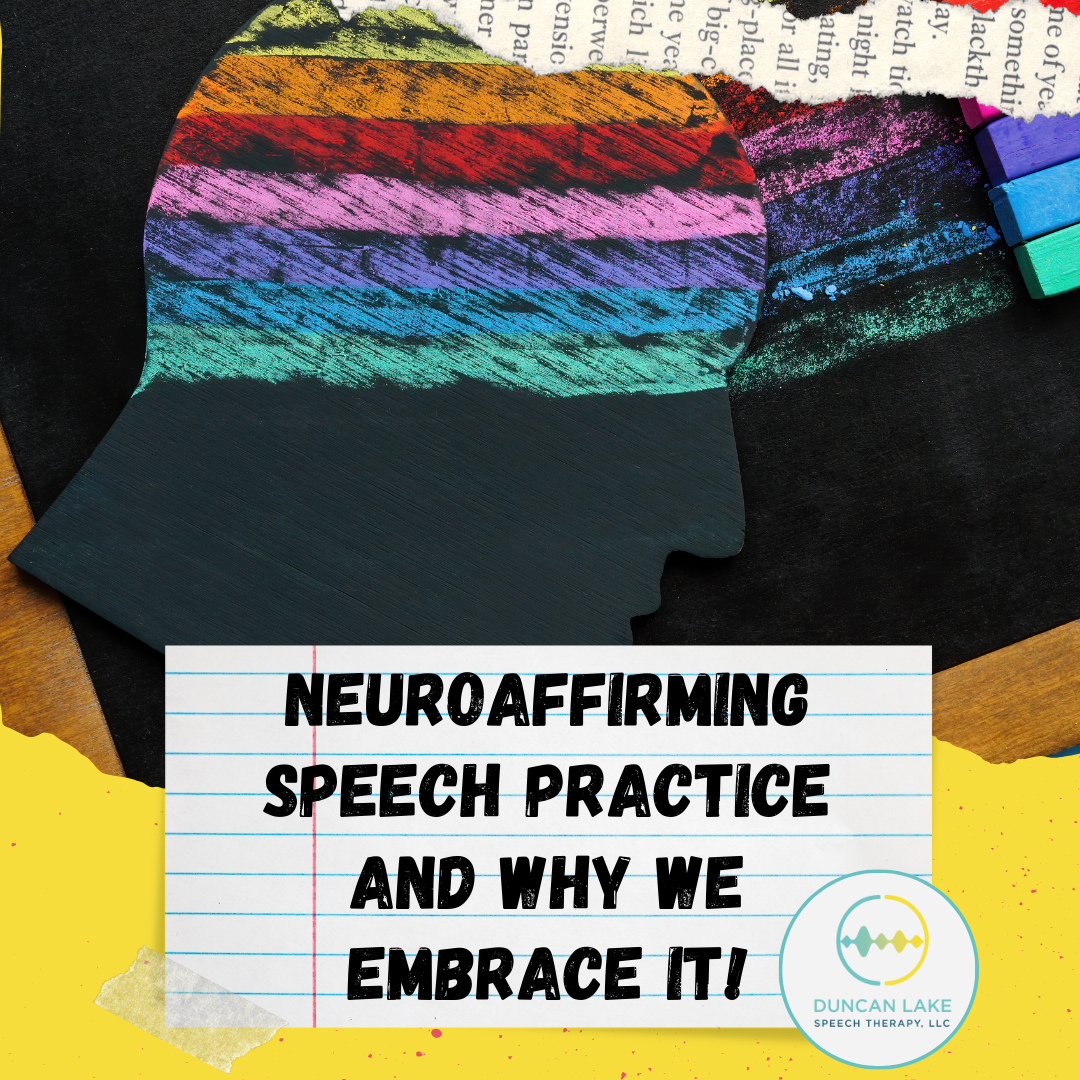by Tamiko Teshima, M.A., CCC-SLP
Practice Owner and Speech-Language Pathologist
Duncan Lake Speech Therapy
If you’ve been following recent cultural conversations, you may have come across the terms “neurodiversity affirmation” or “neuro-affirmation.” For those of us immersed in the world of neurodivergence (like the team here at DLST), these concepts are a natural part of our daily discussions and treatment planning. However, we also understand that this language might be new for some. If you’re curious to learn more about what neuro-affirmation means, we’ve got you covered!
What is neurodiversity?
Neurodivergence refers to when someone’s brain works differently from what is considered “typical.” For example, people with ADHD, autism, or dyslexia are neurodivergent. Neurodiversity is the idea that these differences are natural and valuable variations in how people think and experience the world. It means that everyone, whether neurodivergent or not, is part of the wide range of human thinking and behavior. In short: Neurodivergence describes individuals whose brains work differently, while neurodiversity refers to the overall variety of how all people’s brains function.

What does it mean to be neuroaffirming?
A neuroaffirming practice is all about accepting and supporting people with neurodivergent brains, like those with autism or ADHD. Instead of trying to “fix” or “cure” them to fit a typical way of thinking or acting, this approach focuses on helping them feel comfortable and confident as they are. It provides the right tools and support based on their unique needs, letting them communicate and live in ways that work best for them. The goal is to create a safe and welcoming environment where everyone is respected for who they are.
In an article written by SLPs and published in the ASHA Wire (Kapila, Gaddy, Pilcher, 2024), outlined what it means to be a neuroaffirming SLP. Instead of trying to summarize this myself, I’m going to share what they wrote. It’s way more thorough (and it even includes references!) than I would be.
-
Demonstrating cultural responsiveness through recognition of neurodivergent communication differences, including styles of conversation and listening (Crompton et al., 2020; DeThorne, 2020; Gaddy & Crow, 2023; Milton, 2012; Prizant, 1983; Sasson et al., 2017)
-
Respecting multimodal communication, without promoting one communication modality (such as oral speech) as the “best” or “most ideal” form of communication; supporting the person’s agency in selecting their communication modality and offering alternative access as needed (Cummins et al., 2020; Donaldson et al., 2021; Gaddy & Crow, 2023)
-
Facilitating self-advocacy, autonomy, and self-determination; checking in with the person for their consent to therapeutic supports, especially physical touch (Gaddy & Crow, 2023)
-
Including clients in the creation of goals (Donaldson et al., 2017; Gaddy & Crow, 2023)
-
Considering the person’s sensory needs (Donaldson et al., 2017; Gaddy & Crow, 2023)
-
Accepting stimming as a neurodivergent (particularly autistic) aspect of existence and not attempting to suppress it (Haas, 2021; Kapp et al., 2019; McCarty & Brumback, 2021)
-
Supporting monotropism and “special interests” (Gaddy & Crow, 2023; Grove et al., 2018)
In a nutshell, neuroaffirming providers seek to affirm the human for who they are, not who we think they should be.
Why does DLST align with the neuroaffirmation movement?
Over here at DLST, one of our core values is that we embrace diversity, inclusion, representation and cultural competency. So, it would make sense that our practice aligns with the neuroaffirmation movement. We believe in respecting and supporting each individual’s unique brain without trying to “fix” or change them.
By being neuroaffirmative, we seek to make our clients feel validated in their experiences. We want to create a safe and inclusive environment where children and families feel accepted as they are. This approach also supports growth by helping kids build communication and other functional skills while honoring their preferences. For us, it’s all about creating a space where our clients feel seen, respected, and empowered.
Do we always get it right? No. Are we always working to make sure that we’re doing better than we did before? Yes, absolutely! We hope for a future where all SLPs embrace neuroaffirmation. Until then, we will continue honoring and respecting all brains here at our practice!



Recent Comments